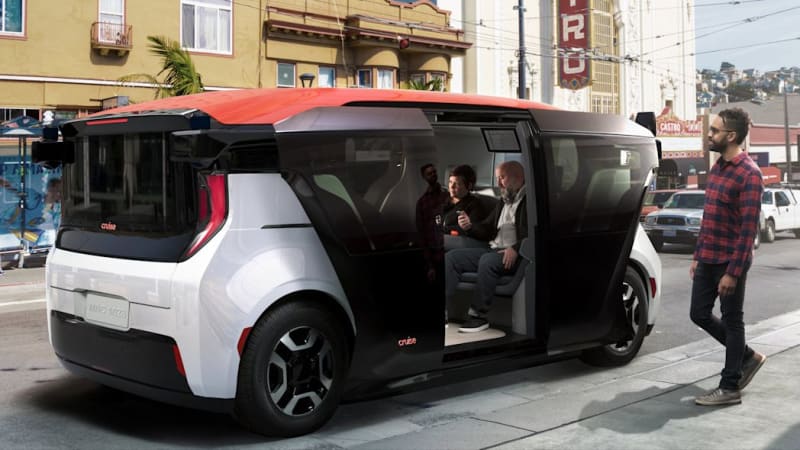NHTSA revising safety rules to adapt to autonomous cars
https://ift.tt/2Ugs0Tz

The National Highway Traffic Safety Administration is taking what it calls a “historic first step for the Department in its efforts to remove unnecessary and unintended barriers to innovative vehicle designs.” The agency released a Notice of Proposed Rulemaking (NPRM) last week aimed at rewriting regulations to account for the particulars of passenger-carrying autonomous vehicles without driving controls — such as a retractable steering wheel — and self-driving cars that won’t have passengers, like delivery vehicles. As we have often covered, automakers including GM and Ford, tech companies such as Waymo and Uber, and commercial delivery firms such as Amazon have pleaded with the NHTSA for exemptions to rules that prevent the kind of large-scale driverless testing needed for autonomous driving systems (ADS) to advance. For example, Car and Driver reports that the definition of words like “driver” and “driver’s” will be rewritten to specifically refer to a human or an ADS.
Most importantly, the NHTSA isn’t changing anything to do with traditional vehicles nor crash testing nor occupant safety protections. As U.S. Secretary of Transportation Elaine L. Chao said, the NPRM only wants to “update rules that no longer make sense such as requiring manual driving controls on autonomous vehicles.”
In self-driving vehicles that will carry passengers, that means changes like applying crash protection standards written for front passengers to the driver as well. Without a steering wheel or pedals — whether not built into the vehicle at all, or merely retractable — the person in the traditional driver’s seat faces the same console as the passenger. Other laws such as those for door locks, window glazing, and child restraints could be rewritten to take into account non-traditional seating and systems. And autonomous delivery vehicles that won’t carry people might end up exempt entirely from crash standards that take occupants into account.
Not everyone is on board with the changes themselves, nor with the timing. As Reuters noted, the head of the Center for Auto Safety chastised the NHTSA for releasing the 135-page NPRM during the nation’s battle with Covid-19 and for trying to “remove regulatory safeguards for technology even DOT acknowledges has not been proven and may in fact be unsafe.” The bind is that the companies invested in autonomous vehicles can’t test vehicle safety without wider deployment, and some companies have been waiting for years to do so. GM asked the NHTSA in January 2018 for an exemption so it could begin testing a fleet of 2,500 cars without driving controls on U.S. roads, but the NHTSA hasn’t given GM an answer yet. In December, however, tech startup Nuro was given a temporarily waiver to test up to 5,000 delivery vehicles lacking driving controls.
The NPRM itself counters criticism with statements like, “as much of this potential is currently unsubstantiated and the impacts unknown, the agency believes the most prudent path forward is to remove unnecessary barriers to innovation while ensuring that occupants continue to receive the same protections afforded by existing regulations.” On top of that, the NHTSA’s acting administrator said, “With more than 90% of serious crashes caused by driver error, it’s vital that we remove unnecessary barriers to technology that could help save lives. We do not want regulations enacted long before the development of automated technologies to present an unintended and unnecessary barrier against innovation and improved highway safety.”
As one of a number of measures the NHTSA has in mind for modernizing vehicle standards, the NHTSA wants public comment on all aspects of the proposed rulemaking before anything is written into law. “If done correctly, this should help streamline manufacturers’ certification processes, reduce certification costs, and minimize the need for future NHTSA interpretation or exemption requests.”
Related Video:
Auto Blog
via Autoblog https://ift.tt/1afPJWx
March 23, 2020 at 06:42PM
